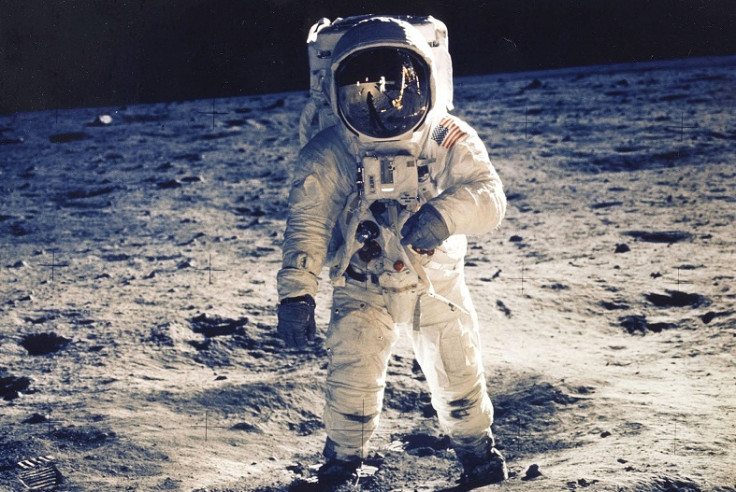Russia to place man on Moon by 2030 leaving Mars to Nasa

Russia will focus on the Moon in its space adventures, leaving Mars to Nasa in what signals an era of cooperation in space missions.
It plans to send three unmanned craft to the moon culminating in a human landing before the end of the next decade.
"We see it as a joint project and are ready to invite our partners for it to be done," said Igor Komarov, 51, Roscosmos chief, since the company merged with United Rocket and Space Corp.
The manned lunar mission in 2029-2030 is Russia's priority, he said, ruling out any technological race between Russia and the US.
"Nasa has Mars as the priority," Komarov said. "We at this stage are making the Moon our priority. We can be good in rounding each other out and working jointly on this programme."
Pointing out that sanctions imposed on Russia did not affect cooperation in running the International Space Station, he however, acknowledged the need for greater cooperation with fellow members of the Brics group that includes India, China, Brazil and South Africa.
"Global projects are easier to implement together," he said. "Less investment is needed, it benefits everyone."
Komarov has been given the task of overhauling the country's space industry after a spate of accidents and failures.
Launches of Proton-type rockets which are the main revenue earners for the space agency had been halted following a series of malfunctions. More recently, the Progress M-27M cargo ship carrying supplies to the ISS went out of control and crashed.
Despite the setbacks, it was recently reported the Russian space agency was considering building a high-altitude orbital space station from 2017, to rival the ISS.
Space race
The Soviets began the space race with the satellite Sputnik 1 and Yuri Gagarin's triumph as the first human in space aboard Vostok 1 in 1961.
By 1974 Lunokhod 1 and 2 lunar rovers successfully traversed over 40 km of terrain on the Moon snapping panoramic photos and conducting soil analyses along the way, decades before Mars Rovers began the same task on Mars.
Soviet experiments on space acclimatisation using simulators and the space station have yielded useful details on the challenges of long space missions.
The moon, meanwhile, has seen renewed interest with many nations planning space missions. India's Chandrayaan-2 - featuring an orbiter, a lander and a rover - scheduled for launch in 2016 or 2017, Japan's lander in 2018 and China's Chang'e 4 and 5 rovers, both expected to launch sometime before 2020, make for a busy time on the Earth's satellite.
© Copyright IBTimes 2025. All rights reserved.





















